|
On June 21, 1944, 1st Lt. William Sparks took off in his P-47 Thunderbolt from Bellows Air Field at 3:33 P.M. only to experience immediate engine failure in the famously heavy fighter-bomber nicknamed the 'Jug', which would force the young officer to crash land some 1,000 yards offshore on the shallow reef located to the south west of Moku Iki island. According to excellent research conducted and recorded in 'A World War Two Underwater Plane Wreck: The History of a P-47' by Whitney Petrey, et al., 1st Lt. Sparks was uninjured in the crash and was able to walk and swim back to base. Incredibly, Petrey goes on to detail a second crash involving Officer Sparks whereon March 4, 1944 - only a mere 3 and a half months prior to the Lanikai crash -the young pilot collided in mid-air with 2nd Lt. Lloyd R. Millet at 6:12 p.m. over Oahu. Millet bailed out and sustained minor injuries. Sparks crash landed without injury. What's more, the very same P-47 Sparks crash landed on June 21st in the reef off windward Oahu had previously crashed at a Municipal Airport in New Mexico. Some plane...some pilot! P-47 Thunderbolts at Bellows Field, Oahu, 1944. Source: United States Army via Hawaii Aviation Preservation Socciety (Licensing: Public Domain under United States Code, Title 17, Chapter 1, Section 105). Image was found here, posted by David Stubblebine, on ww2db.com. The more I learned about the story, the more obsessed I became, and after carefully studying satellite imagery and reading everything available on the subject of the crash, I set my sights on finding the wreckage and exploring it as soon as possible. With a first-rate 'boat crew' in Hans and Kass, and a borrowed kayak from local shark researcher, Derek Kraft, our three person team set out at 5:30 p.m. on 5/23/16 (other commitments delayed our departure) from the end of the beach access at Lanipo Street in heavy onshore wind swell and rough surface chop. Incredibly, Hans volunteered to swim out to the crash site, allowing Kass and I to navigate for him from our elevated position in the borrowed kayak, while he would provide reef reconnaissance through his goggles while swimming alongside of us. We made our way due south along the shore to the rock marking the No-Pass Zone at the beginning of Bellows Air Force Station. From here we would work our way directly out to sea, aiming to the South and slight West of Moku Iki Island. We located the reef-less deeper channel we had studied in our satellite imagery and worked our way further out to sea fighting increasingly large wind swell and chop - the waves increasing at times to 3+ feet requiring constant vigilance, effort, and nuanced paddling to avoid capsizing, which could have proven catastrophic given the likelihood that we wouldn't be able to get back to the boat should it become separated from us. We are all expert ocean swimmers with a great deal of experience in this exact area, but still did not want to court extra danger of any kind given the area's dangerously shallow reefs at the edge of the shelf, the late hour of the day, the large swell, and the potential presence of aggressive marine life. We toiled to hold our position in the expected location of the crash while Hans furiously searched the reef for the wreckage. From the boat we continued to triangulate off of Moku Iki and the end of the runway's coastal position and angle, the coral and break waters around us, and our relative position to the channel, all while trying to maintain proper alignment to the oncoming surf, off of - and away from - massive coral heads, and close enough to Hans to provide assistance should any prove necessary. After nearly an hour, we were about to have to abandon the effort and return to shore with what little daylight remained when Hans announced that the wreck was directly below him!!! We took turns manning the boat (no easy task!) while the other two explored the wreckage in the ever-darkening waters. [Side note: While some might wonder why we chose not to anchor, the answer is simple...WE DID NOT WANT TO RISK DAMAGING THE WRECK IN ANY WAY NOR THE SURROUNDING CORAL. If you visit the site, PLEASE do not touch the plane, surrounding coral, or anchor anywhere near the plane where the to-be-expected heavy surf is likely to shift your anchor and possibly cause damage to this amazing artifact. Consider and practice your strategies ahead of time to avoid having to rely on less than ideal practices.] The wreckage was both eerie and magnificent at the same time. After exploring the fuselage, cockpit, and wings for several minutes each, it was time to head rapidly for shore to avoid having to make our escape back to land in the dark. We were thrilled to have found this absolute gem given that many people we have talked to have tried in some cases numerous times and been unable to locate the wreckage in the heavy surf, maze of coral, and due to the difficulty of seeing the plane from the surface. Without Hans' determination to swim through those rough conditions we surely would have missed it. An incredible adventure and surely an evening none of us will ever forget! A screenshot from Google Maps indicating the location of crash site is below. The GPS coordinates can be found here. Disclaimer: This adventure should only be attempted by highly experienced open ocean kayakers and swimmers. This is a very dangerous area in the ocean and familiarity with the local currents, swells, wind conditions, and tides is critical to a safe and successful journey. 'HOA' accepts no liability of any kind in the event you choose to try to locate the wreck. You and you alone are responsible for your safety. Check with the local kayak rental places, NOAA, and other wind and weather related sources before heading out. Be safe, have fun, and remember not to touch or otherwise damage the wreckage or surrounding coral. We'd also suggest only attempting this adventure in clear, calm, flat conditions. Mahalo!
11 Comments
Kurt Heinz
5/31/2016 04:53:44 am
Truly awesome approach to stewardship of our natural resources. I really value the direct, educational prose and the incredible visuals. The perennial challenge is how to ge the message to the masses. The website is a very impressive leap forward. All the best
Reply
7/5/2018 03:22:40 am
This is a once in a lifetime opportunity! Still, I wonder what happened to the passengers of this plane. It must have been the scariest moment of their life. I cannot help but feel sad just by looking at the pictures of the crashed plane underwater. This is the reason why I am so afraid of flying. I was traumatized by the plane crashes I see in movies. I never got over my fear of flying because I would always make up scenarios in my head where the plane I am in will crash.
Reply
Stephen Barber
3/3/2019 04:56:22 pm
The P47 was a singe seat fighter.
Al Smith
6/2/2016 08:13:31 am
Thanks Kurt!!!
Reply
Don
3/16/2018 11:01:30 am
Nice history of the wreck. I am guessing that you guys have not been to Go Bananas kayak shop. Next time you go out even if it has some decent swell like what you described it shouldn't be this overly ardous process. A little planning and the right gear will save you unnecessary hassle. You should bring: paddle holders (to leash your paddles to the kayaks); an anchor; and if you are worried about being separated from the kayak you can tie rope around your waist or to your life vest to the kayak before you enter the surf zone.
Reply
Michael Keitzer
1/30/2019 10:58:15 am
We rediscovered that plane in 1966.My brother-in-law removed five 50 caliber machine guns.Later that year federal agents(after receiving a complaint)Took our toys.
Reply
Stephen Barber
3/3/2019 05:02:58 pm
There was another P47 crashed off Bellows in Jan 1946. My father was the pilot. Aircraft lost partial power during the take off role and because he was past the point to stop he continued and ditched in the water. This same plane was "recovered" in 1970. He did survive the crash. I traveled to Oahu several years ago on a vacation trip and tried to contact HANG for any info on the recovery and where the remains were located. No success.
Reply
Scott
9/17/2019 02:09:40 pm
Does anybody know can you scuba dive the site?
Reply
Lance Merklein
9/4/2023 10:52:47 am
William sparks was my grandfather. later in life, when I’m his 70s. He went back and dove on the wreck himself and collected a hubcap from the tire.
Reply
patrick marr
9/9/2023 07:17:13 pm
I first heard about the wreck a few years ago from an outrigger canoe paddler. I finally saw it in person this week, while diving from an outrigger canoe during very calm seas. I appreciate the information shared online, about the plane, the pilot, etc, and especially Lance’s recent post about his grandfather.
Reply
10/26/2023 07:21:30 am
My name is Kimo, Jim or James in Hawaiian, James Richard Soper. I am 76 years old (2023) was born on Oahu, 7/27/1947. When I was about 17 years old I worked as a veterinary assistant for Robert Horton, D.V.N., Dr. Horton had a 14 foot motor boat with a 35 hp motor that could barely lift this 100lbs fun loving fellow out of the water on two skis. In this area of exploration around the Moku Iki islands I assure you there are many times the water on the windward side of the island that it is calm. Only mainlanders would attempt these waters otherwise :).There is another plane that we discovered; however, I do not wish to reveal its location at this time, but surely will, as more facts and proof of my claim can be made to the appropriate party. Dr. Horton and I would frequently scuba dive this area off Lanikai where the offshore relatively shallow sandy bottom meets the offshore reef that protects the area which is about 1000 feet off shore, this reef stretches for a very long way in this area. When calm the reef area was stocked with fish and the beloved no claw slipper lobster (tula-pehu and ula-pápapa in Hawaiian) . It is so tasty, way better than any Maine lobster I have had. This lobster is likely off limits now to catch now, I don't know. (except to Hawaiians for noncommercial use). So one day we discover this downed plane in about 25 to 30 feet depending on the tide. I subsequently talked Dr. Horton into lending me the boat and a buddy of mine and I went out a number of times to explore this plane. We did hear about other planes that were down in the area but never did locate them. One of the rusted and marine life partially encrusted machine guns was rather loosely attached as a result of the crash, and we were able to remove it after about 2 or 3 dives with crowbars and hammer, trying to avoid the live ammo. This gun was set up in my buddies back yard for many months, I had one live shell. One day two very well dressed gentlemen in distinguishing suits and ties, came to Dr. Hortons office inquired about my whereabouts and the machine gun. Of course Horton knew all about are adventures as we young men were pleased to tell anyone interested. Horton told them that I likely had gone to lunch and he came back and told me that they were up front. I told Horton to tell them I was gone, and I left promptly through the back door and went home for lunch. My mother also came home from work that day and guess who shows up at the door. My mother seemed, rather joyously, to tell them the story along with me also surrendering the facts and I'll be damned if she did not tell them about my live round and that was the end of my cherished souvenir. She graciously took my verbal harangue after the authorities left, she was such a saint. I also told them where to find the gun and I was told they confiscated it soon thereafter. So maybe the records of this incident are deep in the files of the Treasury Department annals of approximately 60 years ago. Below I have added some other familial info you may be interested in.
Reply
Leave a Reply. |
Archives
April 2020
Categories
All
|
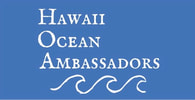
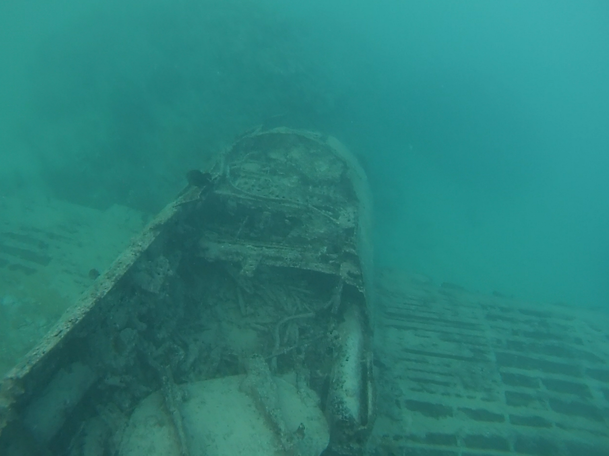
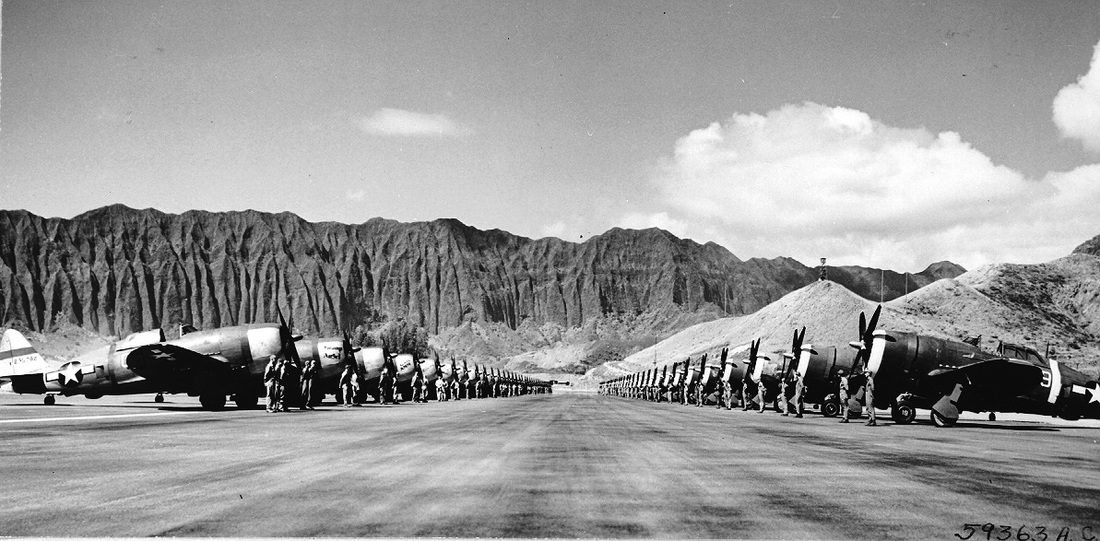
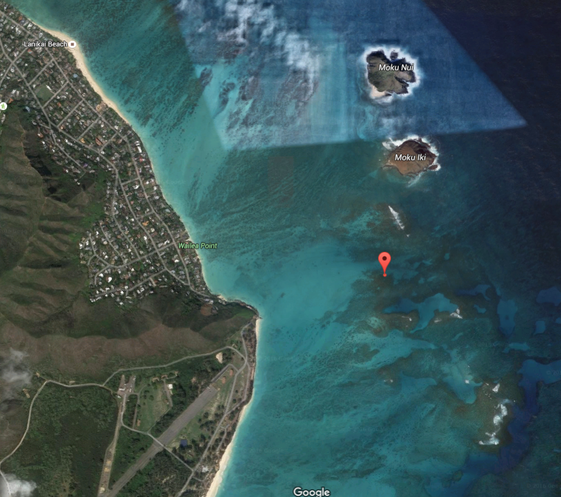
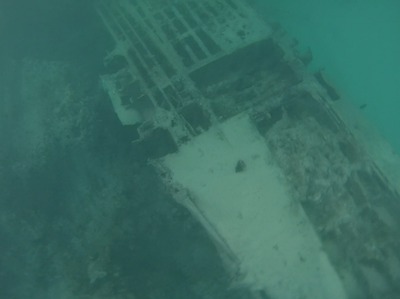
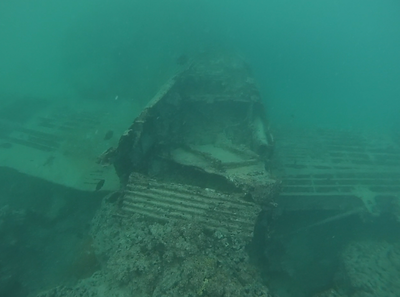
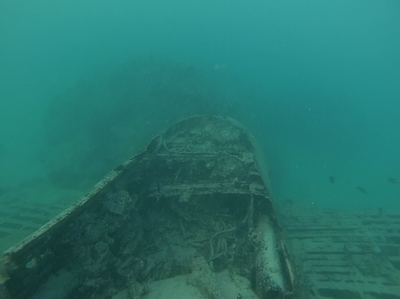
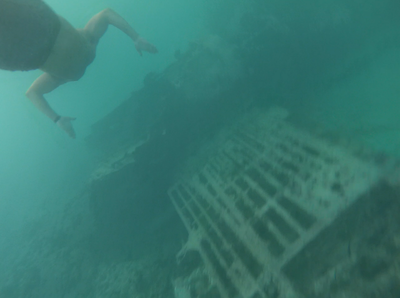
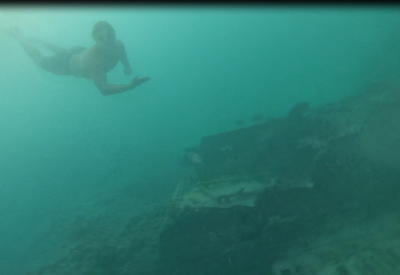
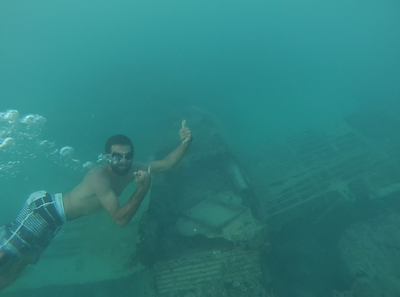
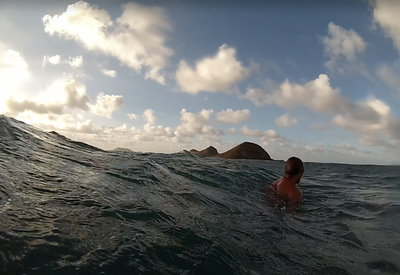
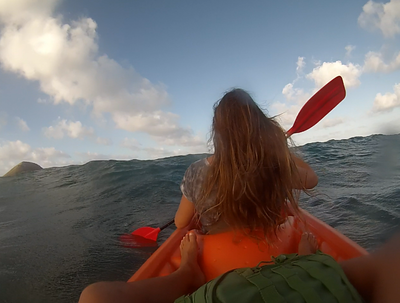
 RSS Feed
RSS Feed
